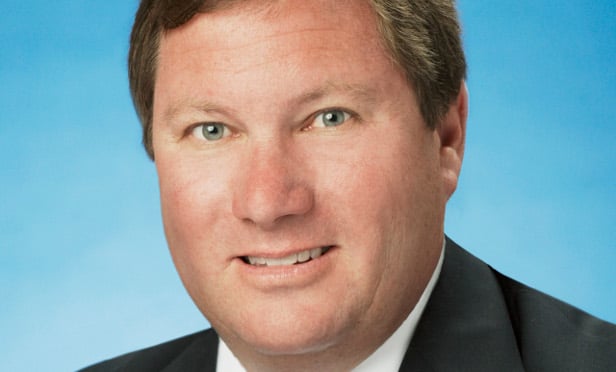SAN DIEGO—Anecdotally, most universities reported fewer international applications this year, reputedly based upon international concerns related to the rhetoric of President Trump, Pierce Education Properties' CEO and president Fred Pierce tells GlobeSt.com. Part 1 of this two-part story on student housing focused on changing student income levels and how they are affecting the type of student housing built. In part 2, below, we speak with Pierce about student-enrollment trends over the next few years, the need for privately managed student housing on a national basis and how federal immigration policies might change the face of student housing.
GlobeSt.com: What trends do you believe will affect overall university student enrollment over the next three to five years?
Pierce: According to the most recent projections from the National Center for Education Statistics, current high-school graduation forecasts and college-going rate expectations are expected to increase higher-education enrollments from approximately 20.4 million in 2017 to 22.6 million by 2026—an increase of approximately 1.23% per year. Also driving this continued growth are disproportionate increases in international-student and graduate-enrollments. Another factor in the next three to five years is the likelihood of an economic recession within that window. In times of economic downturn, university enrollments grow at a faster pace than during expansions (the “recession-resistant” characteristic of higher education and student housing), which could produce enrollment growth in this intermediate term at rates higher than the 10-year projected average. As such, as unemployment increases, more students stay in college longer or continue on with an advanced degree, both of which are a further boon for student housing in down cycles.
Recommended For You
Want to continue reading?
Become a Free ALM Digital Reader.
Once you are an ALM Digital Member, you’ll receive:
- Breaking commercial real estate news and analysis, on-site and via our newsletters and custom alerts
- Educational webcasts, white papers, and ebooks from industry thought leaders
- Critical coverage of the property casualty insurance and financial advisory markets on our other ALM sites, PropertyCasualty360 and ThinkAdvisor
Already have an account? Sign In Now
*May exclude premium content© 2025 ALM Global, LLC, All Rights Reserved. Request academic re-use from www.copyright.com. All other uses, submit a request to [email protected]. For more information visit Asset & Logo Licensing.









